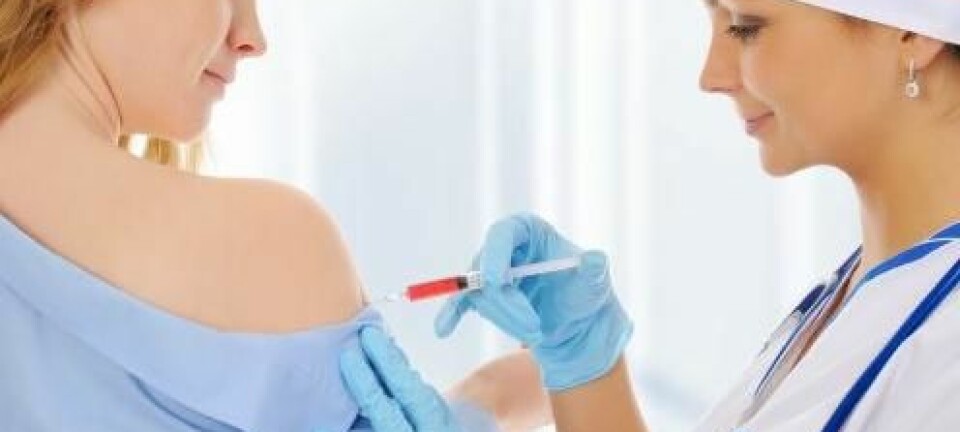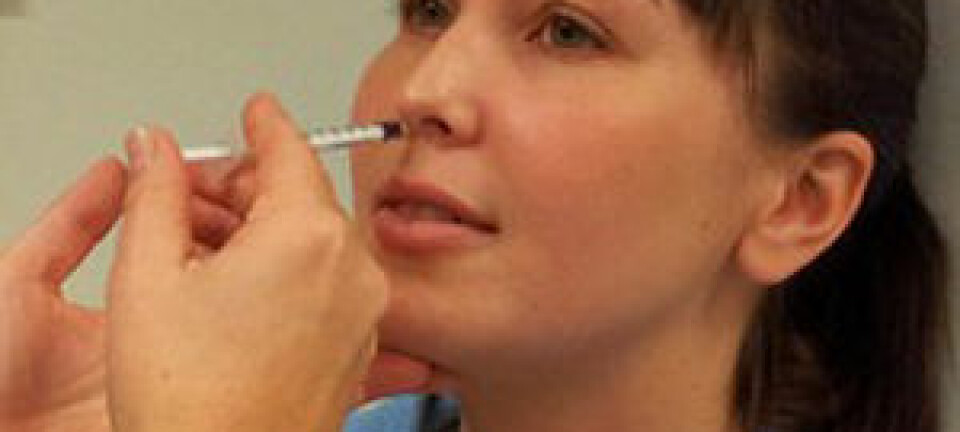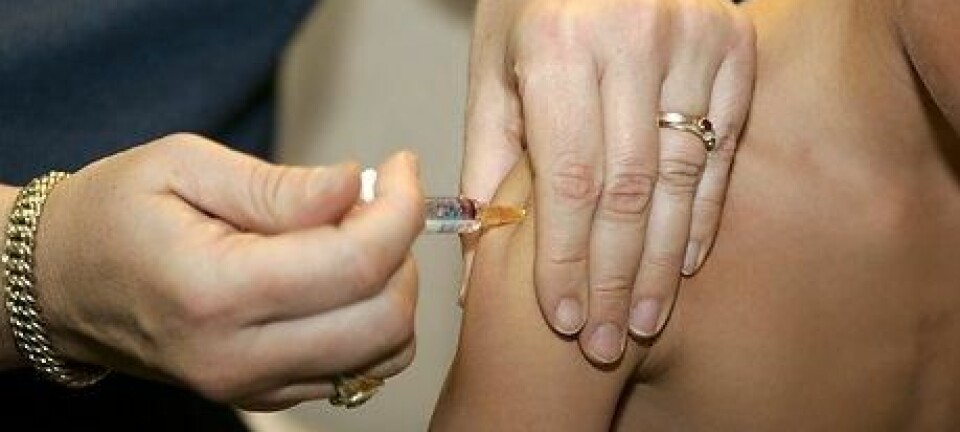This article was produced and financed by Diku - The Norwegian Agency for International Cooperation and Quality Enhancement in Higher Education
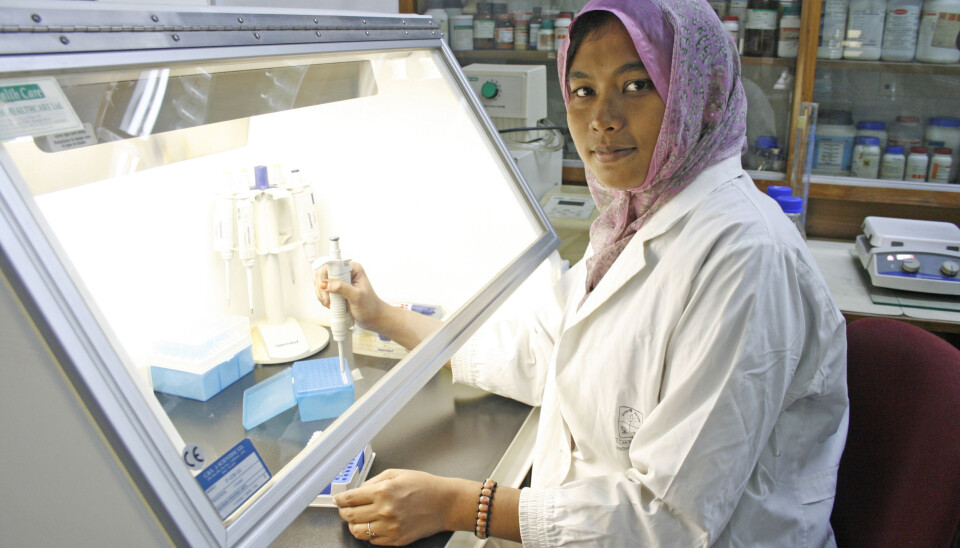
New vaccine against diarrhoeal disease
In Bangladesh the Shigella- and E. coli bacteria kill 100,000 people every year, most of them children. Researchers are now trying to develop a vaccine against the aggressive disease, shigellosis.
Denne artikkelen er over ti år gammel og kan inneholde utdatert informasjon.
The disease particularly affects poor people who live in the rural areas of Bangladesh, where sanitation is poor. Even swimming or doing dishes in the rivers is dangerous. The disease peaks during the winter and early summer season, due to stagnant streams in the tropical Asian landscape.
According to the World Health Organization (WHO), shigellosis should be highly prioritised, but researchers have so far not been able to develop a vaccine. One of the main challenges faced has been to isolate the Shigella bacteria from its environment in water, and this has been essential in order to understand the dissemination of the aggressive micro-organism.
However, researchers in Bangladesh and Norway are now attempting to develop a vaccine using bacteria similar to Shigella, which share the same immunological properties, but do not cause illness.
"Isolation is difficult because Shigella cannot survive, or is in a dormant state in the environment, and is therefore hard to recover from water samples," explains Professor Nils-Kåre Birkeland, project coordinator at the University of Bergen (UiB).
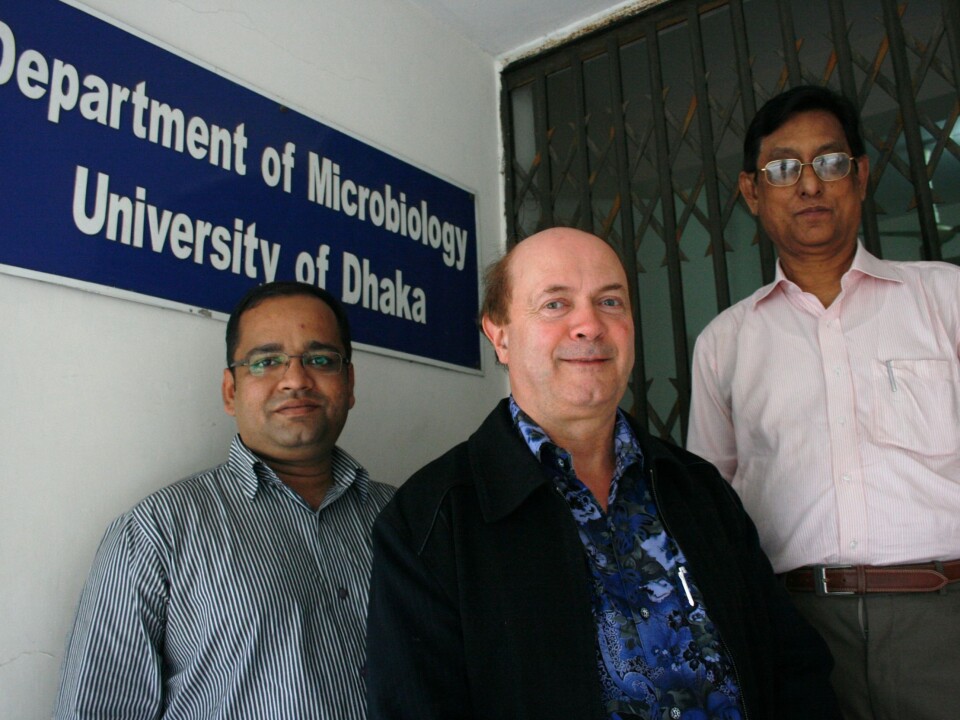
He says that many bacteria cannot grow alone, and they may have special requirements for growth. The research team has therefore given the Shigella-like bacteria a lot of the biochemical components they need, which help them to recover in the lab.
"One of the most important findings is that the genes that specify important immunological properties have been extensively transferred between Shigella and other bacterial species in the environment", says Birkeland.
Shigella invades the cells
The Shigella bacterium come from human and animal faecal discharges in the surface water and drinking water sources. It mainly affects people in Asian and South American countries.
The diarrhoeal disease causes 1.1 million deaths and 164 million cases every year all over the world, most of whom are children exposed to unhygienic and contaminated water and food.
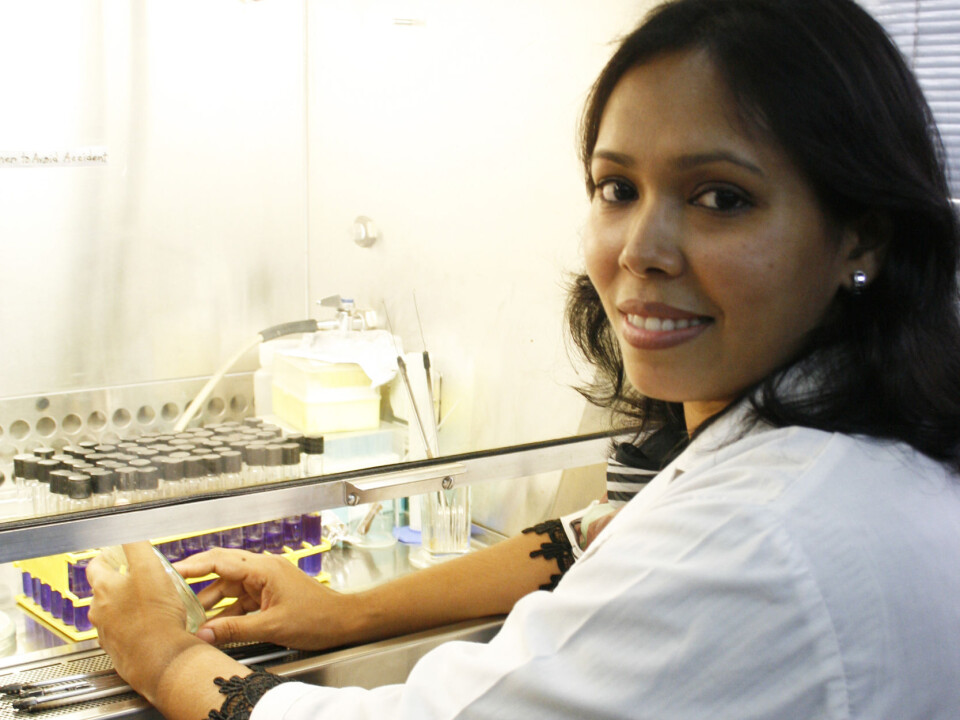
"E. coli and Shigella are highly similar, but Shigella is actually much more dangerous. The bacteria are more intrusive than E. coli because they invade the cells, and have powerful toxins. That is why people get so ill", explains Professor Sirajul Islam Khan at the University of Dhaka (UoD).
"I performed some tests to immunise guinea pigs and mice to see if the Shigella-like bacteria were invasive to the cells or not, and got good results from one vaccine candidate strain called 3SD4", explains Fatema Moni Chowdhury, who is a PhD candidate in the project.
"I found that it was not toxic or invasive, and gave immunological protection against a Shigella strain which causes bacterial infection, which means that the 3SD4 strain could be used as a potential vaccine candidate".
The biological testing showed that 80 to 90 percent of the mice survived the bacterial infection from Shigella when they were immunised through the mouth and nose.
"We are still in the early stages of developing the vaccine, since this is a basic research project. But the biological testing is successful, which indicates that the vaccine has the potential to be used as an oral vaccine for human beings", adds Professor Ahsan Chowdhury, a research partner at UoD.
When a vaccine candidate against shigellosis is further developed, the idea is to target governments as well as NGOs, to make an impact on society.
Peak in winter season
The researchers are also analysing bacterial communities where E. coli and Shigella thrive.
Nafisa Azmuda is doing her PhD on seasonal variation and community profiling in different water sources. She uses a special technique to analyse the presence of the bacteria.
During Azmuda's research, she has collected water samples from four sites in the capital of Dhaka and two rural sites in different seasons. The sites are used for human activities such as drinking, bathing and washing utensil and clothes.
This is the first time such an in-depth analysis has been performed in tropical surface waters.
"E. coli and Shigella are almost always present at the sites, mostly in the winter season and early summer from January to June. The rainy season starts in June, and due to the increasing amounts of water, the concentration disperse so the bacterial load becomes very low", explains the PhD student.
The researchers have discovered that the Shigella bacteria survives longer in freshwater than earlier believed.
"If we gain more knowledge about how these bacteria change and spread in the community, and are able to discover this prior to an epidemic, this must be of great benefit for Bangladesh and the public," says key researcher in the Shigella project and a former PhD- student through NUFU, Mohammed Ziaur Rahman.
"Our findings open new avenues for future research work."
Aim to forewarn the government
Although Shigella is more dangerous, it does not survive in the water for as long as E. coli. Thousands of people in Bangladesh die every year from E.coli infections.
PhD student Selina Akter has surveyed the presence of the bacteria in water in almost every part of the country, travelling from north to south to gather samples from all the main rivers and coastal beaches. She found that E. coli were present in almost all her samples.
The primary source of E. coli in the water is faecal contamination from humans and animals, especially cows. Even though E. coli are normally a harmless bacterium from the human gut, some types are dangerous.
"The water quality and the different types of E. coli present change during the seasons. I am developing less time-consuming techniques to assess the bacteria directly from water," explains Akter.
"My research will not be used for prevention of outbreaks, but to forewarn the government and the population which parts of our country are most vulnerable, which type of bacteria is most dangerous for us, and in which seasons to take special care."
The research findings have been disseminated in different international journals, and the PhD- candidates have also participated in several international conferences to present their results.








